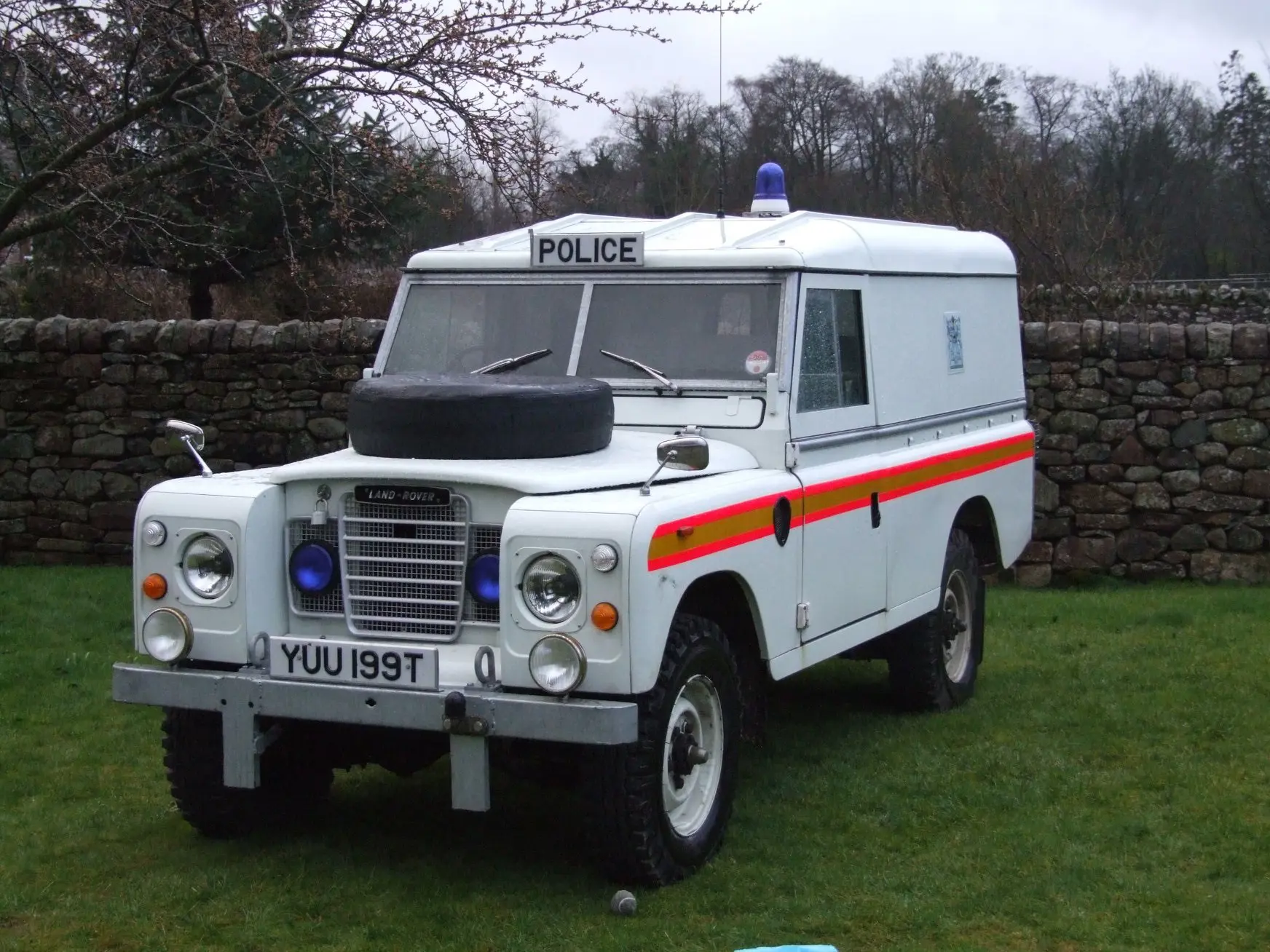MEET THE OWNER - SIMON MALTBY AND HIS LONDON MET ‘SETAC’ LAND ROVER
12 January 2022
The Land Rover was used by the nation’s constabularies almost from the outset of production in 1948. They might be seen patrolling the Mersey Tunnel, rural beats or major highways. Simon’s Series III 109 left the factory on the 8th December 1977.
In the following year, the London Metropolitan Police commissioned it as one of its SETAC fleet – a “specially equipped traffic accident car”. The capital first used SETAC Land Rovers in the 1960s as a replacement for their Humber Super Snipe Estates:
The Met assigned such vehicles to motorways and roads with a speed limit of at least 40 mph.
Their duties ranged from clearing wreckage from the scene of a collision, to towing broken down cars. On occasion, police drivers employed Land Rovers to move stricken lorries. Simon remarks that his L-R “…ran round the M25 for some years before it was decommissioned, sold and used as a banger car”.
Mr Maltby came by YUU 199 T 16 years ago after a friend informed him of a police Land Rover on eBay. He said: “He thought it might be the same one as in a book he had. We looked it up, and it had 18 minutes left and was on for bare anything.

We put on £120 at the end just in case and got it for £102. At that time, the L-R lived in York, and it turned out it was not the one from the book – that SETAC 109 was YUU 197 T.” However, Simon was certainly the custodian of a very rare machine, albeit one that was not in the best of condition.
His 109 had recently taken part in a destruction derby. The brakes were non-functioning, a previous owner had destroyed the gearbox, the engine was on the verge of exhaustion and the rear differential was on the verge of exploding.
The chassis was in an equally poor state of repair. Over the years, Simon rebuilt the engine and fitted a new chassis, among many other necessary repairs. As for the special police equipment, this originally included cones, warning signs, a first aid kit, shovels, tow ropes and chains.
There was also “a generator on the gearbox for lights to illuminate the road. You would plug these into sockets on the back”. The audible warnings would have been two-note horns plus, as was not uncommon for 1970s Met vehicles, a bell on the front bumper.
Mr Maltby has not yet reinstalled the latter item but, as he observes: “I’ve only had it 16 years…you can’t rush these things”. Even without the warning gong, his L-R is certainly an arresting sight…
With thanks to – Simon Maltby
